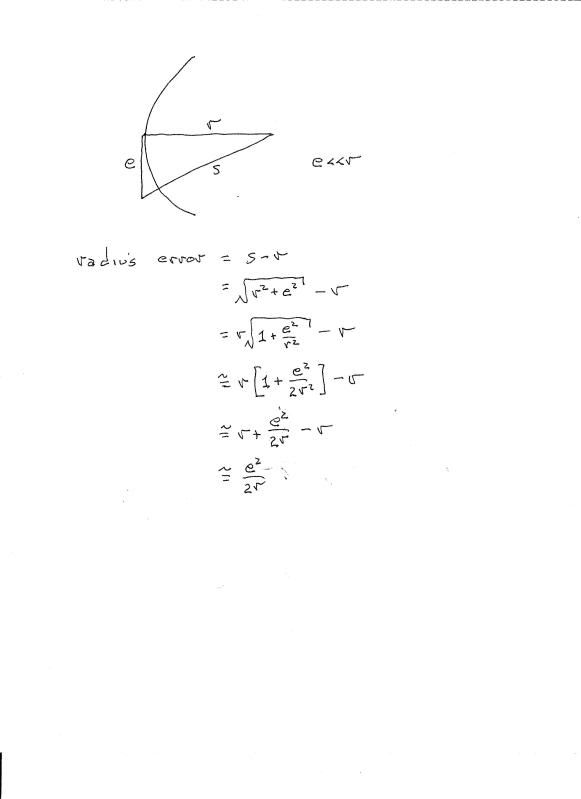Hi
I have a Myford ML7 lathe that has done everything I have asked of it very well. I have some work to do that will require machining to very tight tolerances so I bought a test bar to set up accurately. Checking between centres the tailstock was out by about .008. which I have cured by setting the tailstock over with the adjusting screws. Its now ok in that way. See video.

However when I set the dial on the top it reads that the tailstock end is lower by .007. See video.

How do I/is it possible to correct this.
Cheers
Rich
I have a Myford ML7 lathe that has done everything I have asked of it very well. I have some work to do that will require machining to very tight tolerances so I bought a test bar to set up accurately. Checking between centres the tailstock was out by about .008. which I have cured by setting the tailstock over with the adjusting screws. Its now ok in that way. See video.

However when I set the dial on the top it reads that the tailstock end is lower by .007. See video.

How do I/is it possible to correct this.
Cheers
Rich





